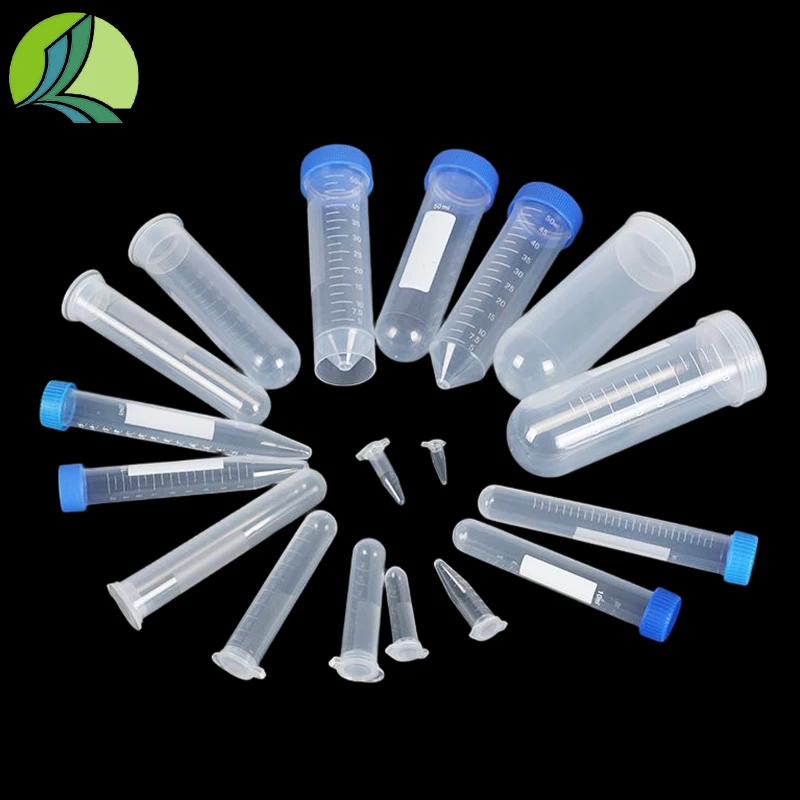polystyrene petri dish
Understanding Polystyrene Petri Dishes A Fundamental Tool in Biology
Polystyrene petri dishes are an essential component in microbiology, cell culture, and various other biological research fields. These clear, plastic dishes come in various sizes, typically ranging from 35mm to 150mm in diameter, and provide a sterile environment for the growth and study of microorganisms, cells, and tissues. Their importance in laboratory settings cannot be overstated, as they facilitate the study of cellular behavior, microbial interactions, and biochemical processes.
The Material Polystyrene
Polystyrene is a synthetic aromatic hydrocarbon polymer made from the monomer styrene. It is known for its rigid structure, clarity, and relatively low cost, which makes it an attractive option for laboratory supplies. The properties of polystyrene allow for easy visualization of cultures, making it easier for researchers to monitor growth without the need for complicated imaging techniques. Furthermore, polystyrene is lightweight, which adds to its convenience in handling and transportation.
Design and Functionality
The design of polystyrene petri dishes typically features a flat bottom and a thin, high, and smooth wall. This allows for uniform distribution of media, which is crucial for providing adequate nutrients for microbial growth. The dishes often come with a lid that helps reduce contamination from the environment while providing access for experimentation. The sterile nature of these dishes, often ensured through gamma radiation or ethylene oxide treatments, is a key factor in promoting reliable and reproducible results in experiments.
Use in Microbial Culturing
One of the primary uses of polystyrene petri dishes is for microbial culture. Researchers can pour molten agar, a gelatinous substance derived from seaweed, into the dish to create a solid medium on which microorganisms can grow. Once the agar solidifies, researchers inoculate the medium with specific bacteria or fungi and incubate the dish under controlled conditions. The clear design of the petri dish allows researchers to monitor colony growth and morphology over time. This visual assessment is critical in identifying microbial characteristics, antibiotic susceptibility, and conducting various biochemical assays.
polystyrene petri dish

Applications in Cell Culture
In addition to microbial studies, polystyrene petri dishes are also commonly used in cell culture. Scientists utilize these dishes to grow animal and plant cells outside of their natural environment. The controlled conditions provided by the petri dishes allow researchers to study cellular responses to various stimuli, develop vaccines, or investigate disease mechanisms. The surface of the dish can be treated or coated to promote cell adhesion, which is important for various types of cell culture applications.
Advantages over Other Materials
Polystyrene dishes offer several advantages compared to dishes made from other materials. For instance, glass petri dishes, while reusable and chemically resistant, are heavier and more prone to breakage. In contrast, polystyrene dishes are disposable, reducing the risk of cross-contamination and providing a convenient solution for laboratories that require a high throughput of experiments. Additionally, polystyrene can be manufactured to be either clear or white, providing flexibility depending on the visualization needs of the experiment.
Environmental Considerations
While polystyrene petri dishes provide numerous benefits to scientific research, they also raise environmental concerns. Being a petroleum-derived product, polystyrene is not biodegradable, and improper disposal can lead to long-term environmental pollution. Many laboratories are now exploring eco-friendly alternatives and practices, such as using biodegradable materials or implementing recycling programs, to mitigate these effects without compromising research integrity.
Conclusion
Polystyrene petri dishes are a foundational tool in various fields of biological research. Their cost-effectiveness, ease of use, and suitability for a wide range of applications make them indispensable in laboratories around the world. As research continues to advance, exploring sustainable practices surrounding their use will be crucial to balance scientific progress with environmental responsibility. The future of laboratory supplies may very well lie in innovative materials that support both research and ecological sustainability, ensuring that such fundamental tools remain accessible for generations to come.
-
Aesthetic Makeup Spray Bottles | Fine Mist Empty RefillableNewsAug.19,2025
-
White Plastic Veterinary Vaccine Vials | Lab Liquid BottlesNewsAug.18,2025
-
Plastic Medicine Liquid Bottle: Secure Flip Top Drug VialsNewsAug.17,2025
-
Durable 250ml Blue Plastic Vaccine Vial for Lab & Vet UseNewsAug.16,2025
-
Sterile Virus Sample Tubes: Secure & Reliable Specimen CollectionNewsAug.15,2025
-
White 250ml Plastic Vaccine Vial for Lab & Vet MedicineNewsAug.14,2025
























